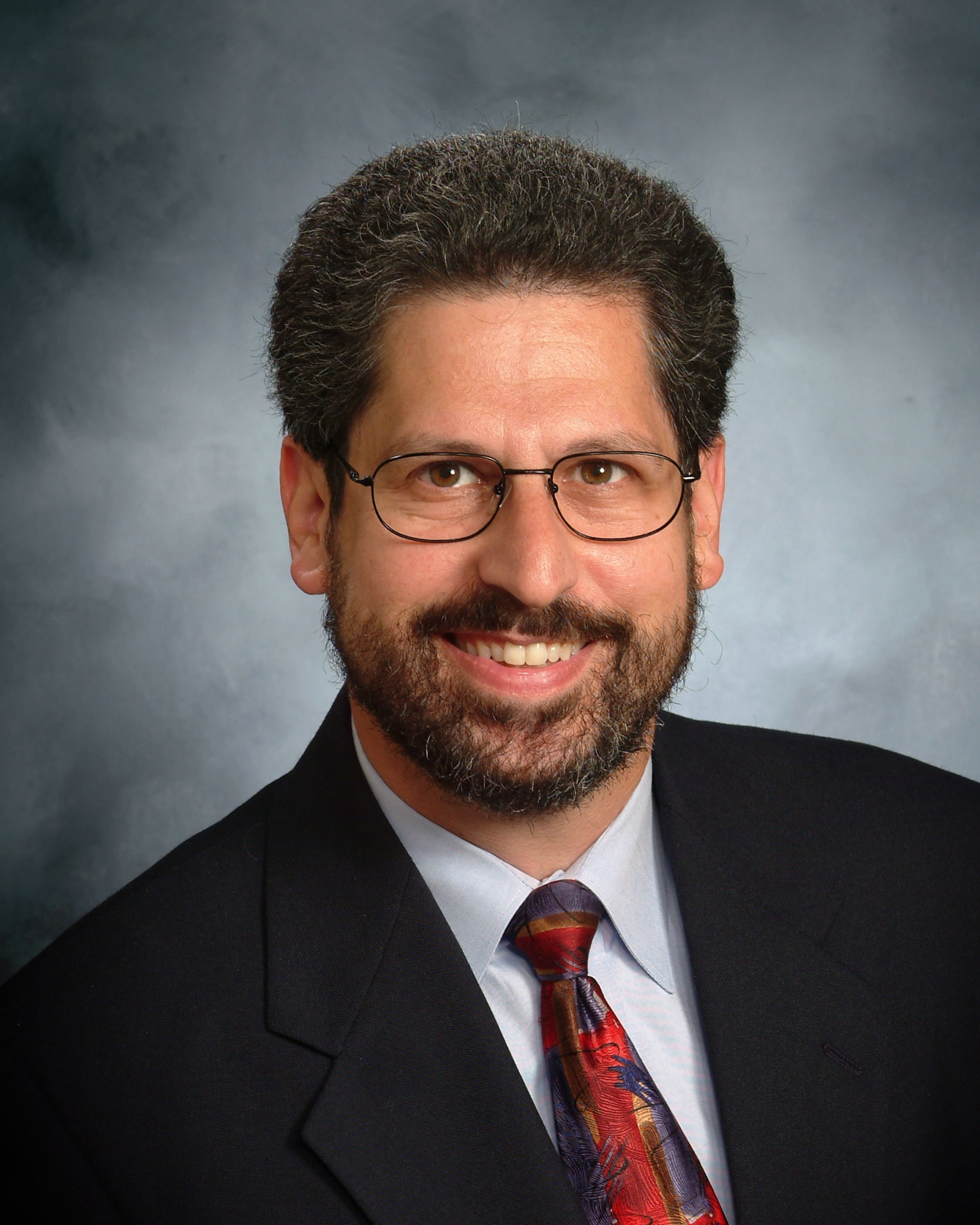
Fall 2006 - Vol.1, No.2
The Only Constant is Change
David G. Polin, M.D.
Medical Director/Chairman, PM&R
President, Medical Staff Medical Rehabilitation Associates, Ltd.
It’s an old story: a bride makes her first big dinner for her husband, so she tries her mother’s roast beef recipe, and cuts off the ends of the roast the way her mother always did. The husband thinks the meat is delicious, but says, “Why did you cut off the ends - that’s the best part?” She answers, “That’s the way my mother always made it.” The next week, they go to her grandma’s house, and grandma prepares the same roast recipe, and also cuts off the ends. The young bride is sure she must be missing something vital, so she asks her grandma why she cut off the ends. Grandma replies: “Darling, that’s the only way it will fit in my pan!”
Our doctor’s “lounge” (I put it in quotes because not too much lounging goes on there these days) has photos of medical directors of our hospital, starting with M.L. Herr, M.D. in 1893, and Presidents of our medical staff, starting with Joseph Appleyard, M.D. in 1946. The structure of our medical and dental staff hasn’t really changed much over the past several decades. If you could ask Dr. Appleyard why the medical staff is structured this way, you’d probably get an answer similar to the young bride’s.
Hospital medical staff organizations were established nearly a century ago, after the American College of Surgeons, in 1918, established minimum standards for hospitals that included an organized medical staff. Under the guidance of the Joint Commission (established in 1951), most hospital medical staffs have developed into organizations with Departments and Divisions along the lines of ABMS medical specialties. Thus, there is a President or Chief of Staff, and several Department Chairs (e.g. Medicine, Surgery, Radiology, etc.). In addition, some of the Departments have Divisions (e.g. Neurosurgery, Orthopedics, Urology), each with its own Chairperson. The Medical Staff has its own bylaws that are approved by the Hospital Board, and there is a Medical Executive Committee (MEC) and usually a Joint Conference Committee between the Board and the MEC.
Our current medical staff structure at LGH is well designed to perform some of its most important duties:
Credentialing of physicians, approval of rules and regulations, performing disciplinary action, and providing leadership and support for quality improvement efforts. But because of several dramatic changes in healthcare over the past quarter century, the traditional Medical Staff structure established so long ago no longer provides all of the physician support our hospitals need. First, DRG’s changed the relationship between hospitals and physicians; incentives were no longer as aligned. The rise of managed care and capitation further challenged the relationship between hospitals and physicians. As reimbursement
for physicians has declined while expenses have risen, more physicians have entered ventures that compete
with hospitals. Overall, some medical staffs appear to have taken on the role of what our CMO Bruce Pokorney, MD calls “guilds,” in which the Chief of each Department or Division protects the turf of his or her physicians as they compete with the hospital and with each other.
Moreover, several factors have led to fewer and fewer doctors providing hospital based care. Growth in the volume of ambulatory care has outpaced growth in inpatient care, and medical economics has dictated greater efficiency. The result is a much shorter list of physicians available for medical staff leadership positions.
Yet, as medical care has become more of a team effort, provided by groups organized along service lines rather than ABMS specialty lines, leadership has become even more important. A pain specialist, for example, maybe an anesthesiologist, a neurologist, a physiatrist, or a physician from any one of a number of specialties. Which Specialty Board provided the physician’s certification is less important than his or her ability to lead a team. The need for medical leadership has never been greater nor has the complexity of the task. Quality clinical service lines demand physician leaders willing and able to participate in multidisciplinary programs.
Clinical services are changing. Computerization, including CPOE (Computer Physician Order Entry) will foster integration of services. The demand for quality will require greater physician engagement. Recent draft regulations issued by the Pennsylvania Department of Health aim to restructure the hospital medical staff and suggest medical staff divisions created for specific medical services.
The question is not whether the nature of our medical staff will change, but how it will change. The answer
is not as easy as using a larger pan for the roast, because the traditional Medical Staff structure will not be able to hold all its new responsibilities. We, as medical staff members and leaders, need to begin to plan for the future and to redesign our organizations accordingly.
David G. Polin, M.D.
Medical Director/Chairman, PM&R
President, Medical Staff
Medical Rehabilitation Associates, Ltd.
2110 Harrisburg Pike, Suite 302
Lancaster, PA 17604